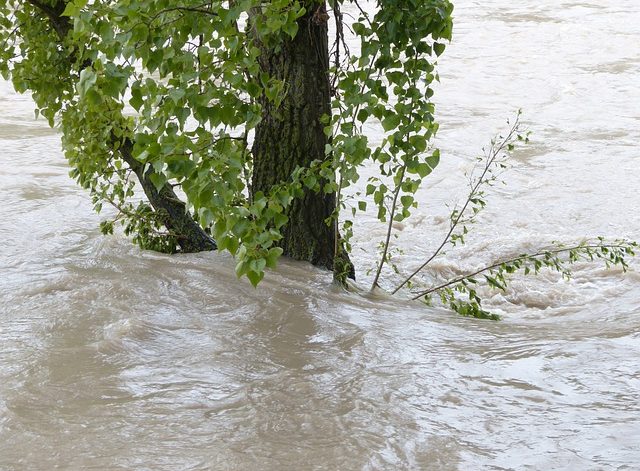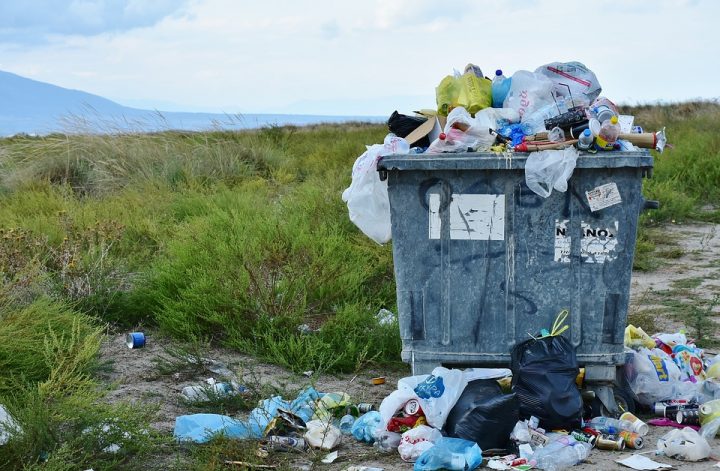Monsoon season in Karachi has now become a symbol of haphazardness in recent years as the city becomes flooded every now and then and everyday life becomes arduous. Not only this time but also the previous few monsoon seasons were quite destructive for the whole city in terms of both property and economy. Karachi is the largest city and fulfills most of the economic needs of the country so this issue should not be taken for granted. Why is there a massive amount of rainfall in Karachi? Why Karachi floods? How does Karachi flooding impact the economy of Pakistan?
Also check out: Karachi Monsoon Urban Flash Flooding – Causes and Impacts
Pakistan is one of the top ten most vulnerable countries to climate change with a terrible impact on human life and economy, especially through extreme weather events and according to experts, this devastation will worsen. Karachi’s temperature in 2021 was the highest since the birth of Pakistan, and by the end of this decade, due to further rise in temperature, extreme weather events and rising sea levels are expected to increase exponentially. Due to substantial flaws with the drainage infrastructure in Karachi, the city has had severe problems over the past forty years as a result of the monsoon season’s heavy rainfall.
On August 27, 2020, Karachi had record-breaking rainfall in a single day. Streets were turned into rivers, cars and homes were washed away, landslides occurred in several places damaging vehicles and property, and over a hundred persons drowned or were electrocuted. It took weeks to repair the damage after the flood had ended. The ongoing monsoon season too has certainly not been a good one for Karachi residents as well as the Karachi administration.
The massive amount of rainfall is due to excessive climate change and this change is due to two main reasons. One of them is the hastening of evaporation of water from the sea which is due to the heating of the sea which eventually falls as rain. Another significant factor, in this case, is the rapid and excessive emission of greenhouse gases which is responsible for two successive events. One is that these gases lessen the duration of monsoon in the Asian region and due to this, a second event occurs which is the increased severity of rainfall which causes great havoc.
For more information: Effects of Climate Change on Sindh Province of Pakistan
The new weather pattern is linked to climate change, and the country should prepare itself to cope with more flooding due to the accelerated rate of glaciers melting which are causing flash floods. Rain water isn’t the main problem faced by Pakistan’s economic capital, even without the rainwater the city is in terrible condition with large potholes in roads and lack of basic government services. However, despite having a relative edge in services, the rains have caused chaos even in the city’s wealthier neighborhoods.
Rainfall is a natural phenomenon but its outcomes in Karachi are unnatural. There might be many factors that can be considered a cause of why Karachi floods. Various factors play a part in the urban flash flooding in Karachi, such as vanishing open spaces for public and making Karachi into a concrete jungle, which allow prevents water from percolating into the surface of the ground. Apart from this, the Poor drainage system and Encroachment of drainages are also major causes of floods in Karachi because due to these two reasons, water does not discharge into the sea causing flooding.
You might also like to read: How To Prevent Hazardous Monsoon Season Flooding in Pakistan
Karachi is the largest city in Pakistan and is considered an industrial hub of the country. Karachi can be considered the backbone of the country and due to urban flooding, because of the blockage of roads, everyday life gets paralyzed due to flooded businesses and interrupted connectivity, hence affecting the economy. Because Karachi is an industrial city, that is why due to the urban flooding in Karachi, massive economic loss is faced by the country, not just Karachi itself. Due to excessive flooding, people do not prefer going out of their homes and hence, these floods hinder their jobs and businesses resulting in the disturbance of the economy.
Back in 2020, there was great economic instability in the whole country due to the suspension of businesses and other economy-related activities. Due to the terrible rainstorms, the Sindh government was prompted to declare a public holiday because they left the city flooded and parlayed. The roads were blocked due to the plethora of water and means of transport could not be utilized. Rainwater also flooded the city’s business sector, which houses most of its wholesale marketplaces for goods and clothing. This caused businesses to lose billions of rupees.
Also read: Impacts Of Changing Monsoon Season Rains Pattern In Pakistan
The monsoon season sparks significant criticism over inadequate government planning because every time this season arrives, it put breaks on everyday life. Monsoon rains this year have been very harsh, acting as a reminder that climate change is impacting all parts of Pakistan and even big metropolitan cities of Pakistan are still not prepared to handle it. The flood has claimed many lives and many houses, buildings, and other infrastructures were also damaged. Karachi flooding has become a dilemma that must be gotten rid of as it is affecting the whole country.
There should be measures taken by the government as well as the public to get rid of this very issue. The sewage network of Karachi must be renovated on a priority basis. There should be measures taken for solid waste management and the sponge city concept to absorb the rainwater must be adopted. To cope with the issue of climate change, the government should launch awareness campaigns so that people get to know about the seriousness of the matter. The use of plastic should be minimized in the country. Renewable Energy sources should be used and there should be a clean and green environment.
The article was written by Mr. Hafiz Bilal Waseem Satti, a student of BS-International Relations at Quaid-i-Azam University, Islamabad. He has completed half of his degree i.e 4 Semesters. He is a resident of Islamabad.
We hope you all liked this post! Please comment below if you have any suggestions, comments, or feedback! We at #envpk love hearing from our readers!




